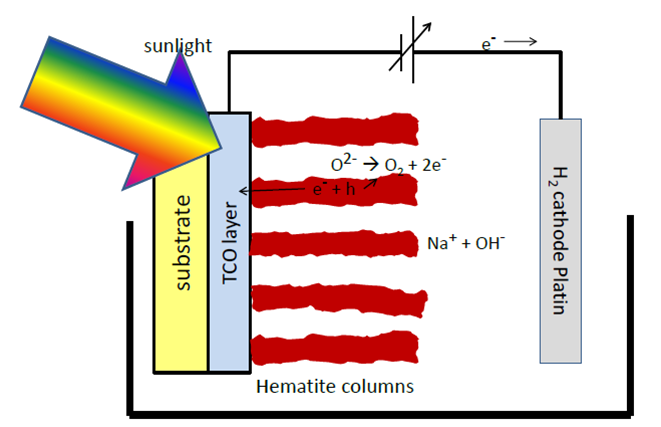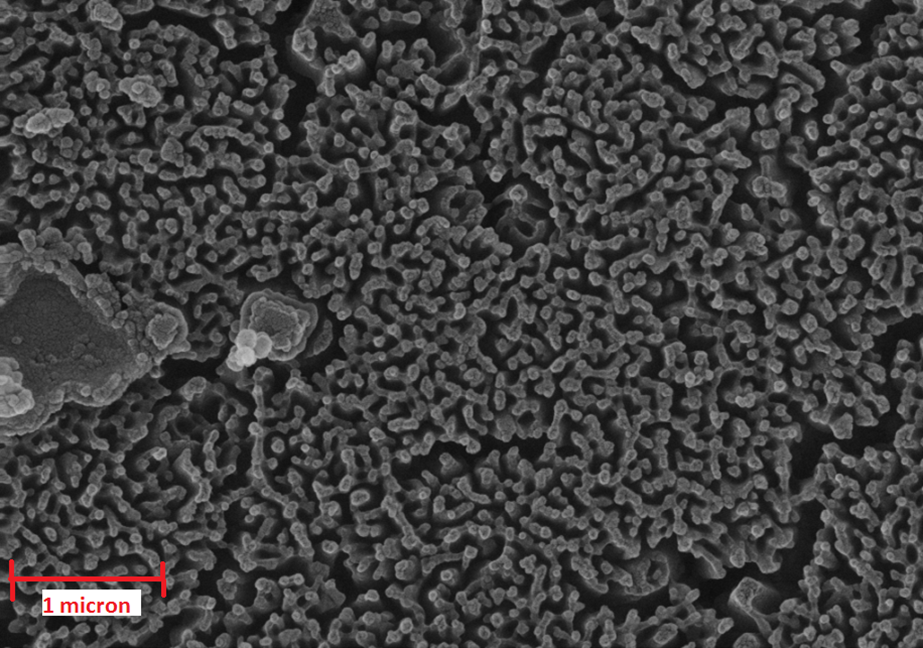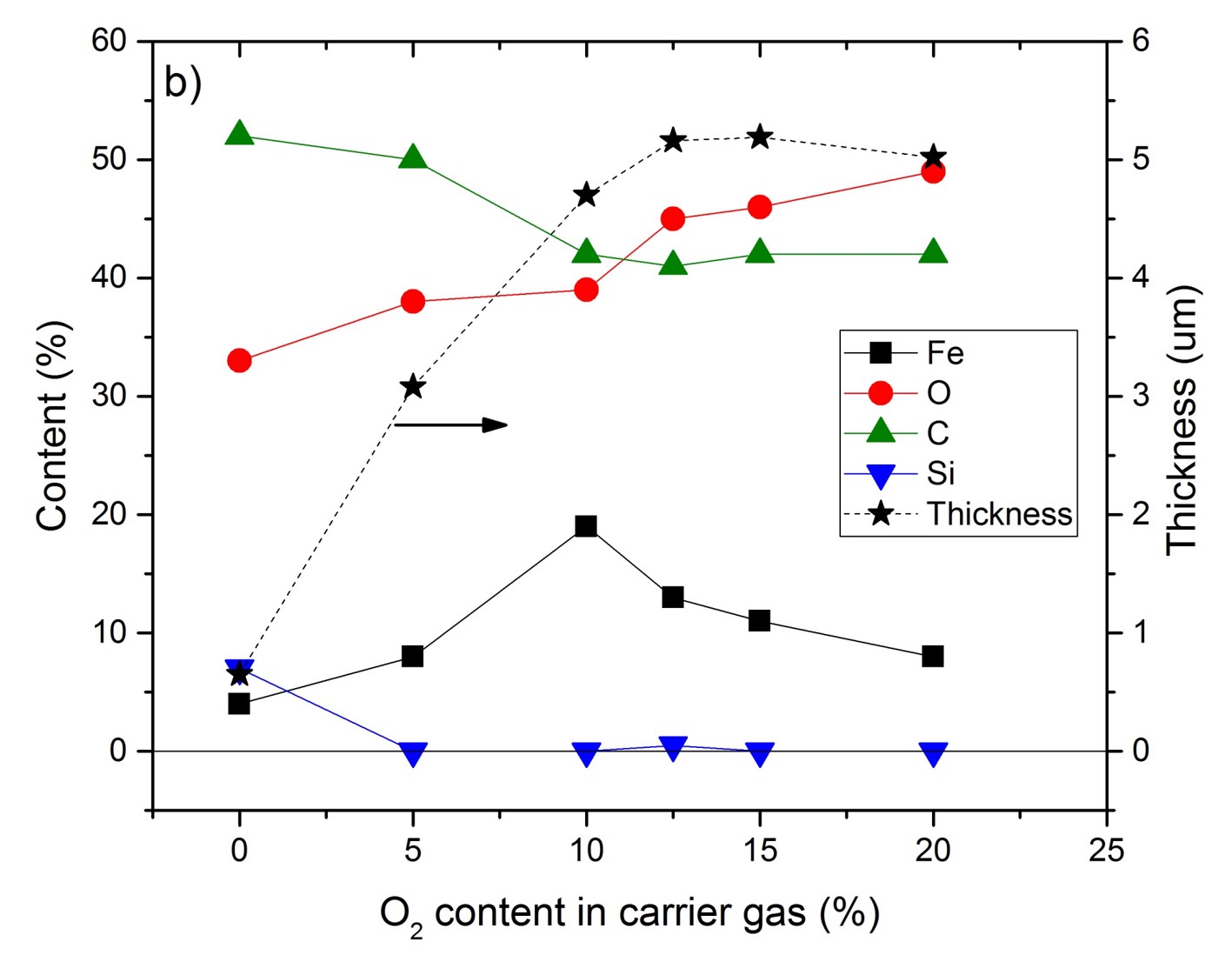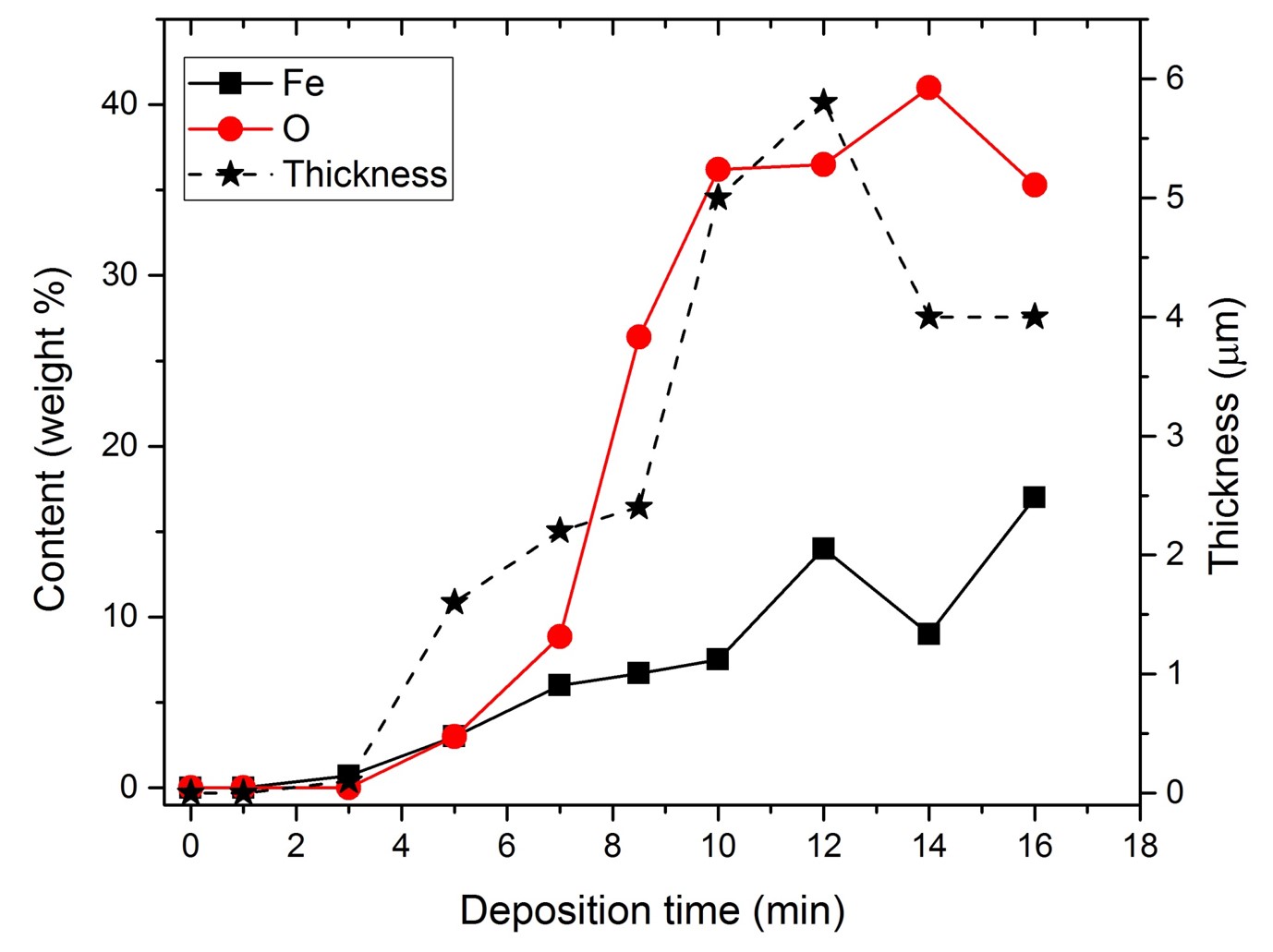NanHySol

Direct solar production of hydrogen
For a future hydrogen economy the production of hydrogen from solar energy is a key condition. Presently hydrogen is generally produced via steam reforming of hydrocarbons or electrolysis of water molecules. In order to increase the energy efficiency as well as reduce the production costs many researchers worldwide seek methods and technologies to directly convert solar energy into gaseous hydrogen. A promising method has been developed at EPFL in recent years based on the photo-electro-chemical (PEC) water splitting using doped nanostructured hematite Fe2O3 photo anodes. However, presently the devices built so fare are based on small scale laboratory samples using processes which are hard to scale up to the industrial level.
Therefore, the objective of this project is to demonstrate that industrial PECVD (Plasma Enhanced Chemical Vapor Deposition) offers ideal control of deposition conditions for optimized nanostructured hematite layer properties. The PECVD machines will be adapted for the optimum deposition regime including doping, hematite films will be deposited, and their semiconducting properties, structure and PEC performance for hydrogen production characterized.
Figure 1 shows the incoming sunlight which is transmitted by the transparent conductive oxide (TCO) sublayer into the nanostructured (red columns) hematite layer. Using an adaptable bias voltage between the photo-anode and a metal cathode will give rise to hydrogen production. Previous projects gave encouraging results for the nanostructured hematite layers, see figure 2.
The project results were presented in November 2016 at the SwissPEC 2016 Symposium.
 Figure 1: Ideally the incoming sunlight is transmitted by the glass substrate covered with a submicron thin transparent conductive oxyde (TCO) layer to be absorbed by the nanotructured n-doped hematite (Fe2O3) anode, where oxygen evolves. Hydrogen is produced at a standard metal cathode. |  Figure 2: Electron-microscopy image of nanostructured hematite layers produced by PECVD in the mbar pressure range. |
The main results of the project are the demonstration of the feasibility of direct nanostructured hematite deposition and very high deposition rates (up to 500nm/min). More detailed results can be found on figures 3-4-5-6.
 Figure 3: Chemical composition and thickness measured at 26 cm and after 10 min deposition time |  Figure 4: Chemical composition and thickness measured at 26 cm and after 10 min deposition time |
 Figure 5: Hematite phase type maximal at plasma power of 90 W and decreases with power increase |  Figure 6: With longer deposition time, O-weight content as measured by EDX increases faster than Fe-content |
